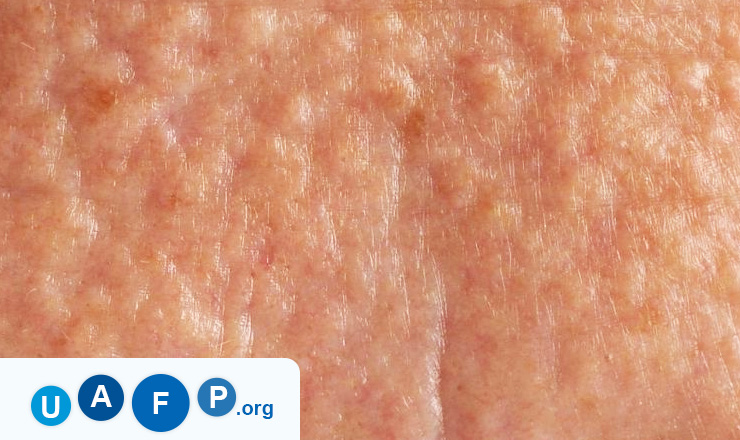Birt-Hogg-Dube Syndrome

Birt-Hogg-Dube Syndrome is an autosomal dominant inherited disease that is rare in nature and causes the growth of non-cancerous, benign tumours on the face, upper body, and the face. There are three types of benign skin tumours associated to this condition. They are:
- Fibrofolliculoma – tumour at the site of hair follicles
- Acrochordon – skin tags (they are very common in people and are not associated to Birt-Hogg-Dube syndrome in most scenarios)
- Trichodiscoma – tumour appearing on the hair disc
People suffering from this syndrome will have a higher risk of developing kidney or colon cancer as a result of spontaneous pneumothorax (lung collapse) because of pulmonary (lung) cysts.
Birt-Hogg-Dube Syndrome was first discovered by Canadian physicians named Dube, Hogg, and Birt in the year 1977. The name of the syndrome comes from the physicians who discovered it.
Signs and Symptoms Related To Birt-Hogg-Dube Syndrome
The lesions that form in this syndrome are popular, small, and painless in nature which gradually are observed in the scalp, neck, face, back, and chest. These lesions start being visible in people who are about 30 to 40 years of age, though they are also seen in people younger than 30 years. It is not necessary that all patients having Birt-Hogg-Dube Syndrome will have an abnormal BHD gene. Some of the features are mentioned below:
- Fibrofolloculomas – they have small, flesh or white coloured, dome-shaped bumps that are smooth in nature.
- The skin tags in Acrochordons are soft, small that appear like a wart having a thin neck
- These lesions can range from two to hundreds in number
- These skin lesions become permanent after developing
Causes of Birt-Hogg-Dube Syndrome
The Birt-Hogg-Dube Syndrome is a result of mutation occurring in the FLCN or BHD gene on a particular chromosome which has a protein called folliculin. Researchers have not been able to understand why this mutation occurs in the patients. It is called an autosomal dominant condition which means that half of the children of the patient will have higher chances of inheriting this mutation.
Diagnosis of Birt-Hogg-Dube Syndrome
After the identification of a BHD gene, conducting a gene test will be the best way of confirming Birt-Hogg-Dube Syndrome. This test can is conducted in many centres.
Skin biopsy must also be done of a lesion to identify the type of lesion it is along with its nature. Adults having a positive gene test for BHDS will have to undergo abdominal MRI/CT scan or renal ultrasound to understand the associated malignancies or associated problems. The patient may also have to undergo colonoscopy and chest x-ray.
Treatment for Birt-Hogg-Dube Syndrome
Patients who have Birt-Hogg-Dube Syndrome will have to be through with physical as well as mental examinations. Appropriate radiographic and laboratory tests must also be done in a regular basis to check if there are any possible internal complications like pulmonary cysts, pneumothorax, and carcinoma.
There is not directed medical treatment given for the lesions in Birt-Hogg-Dube Syndrome. These skin procedures may be used for removing the lesions:
- Curettage and cautery
- Excision of skin lesions
- Laser therapy
- Dermabrasion




